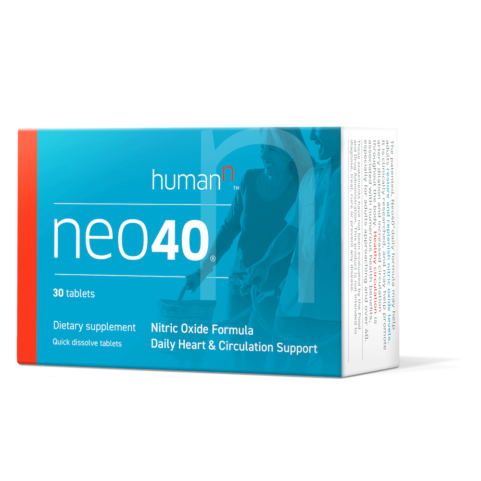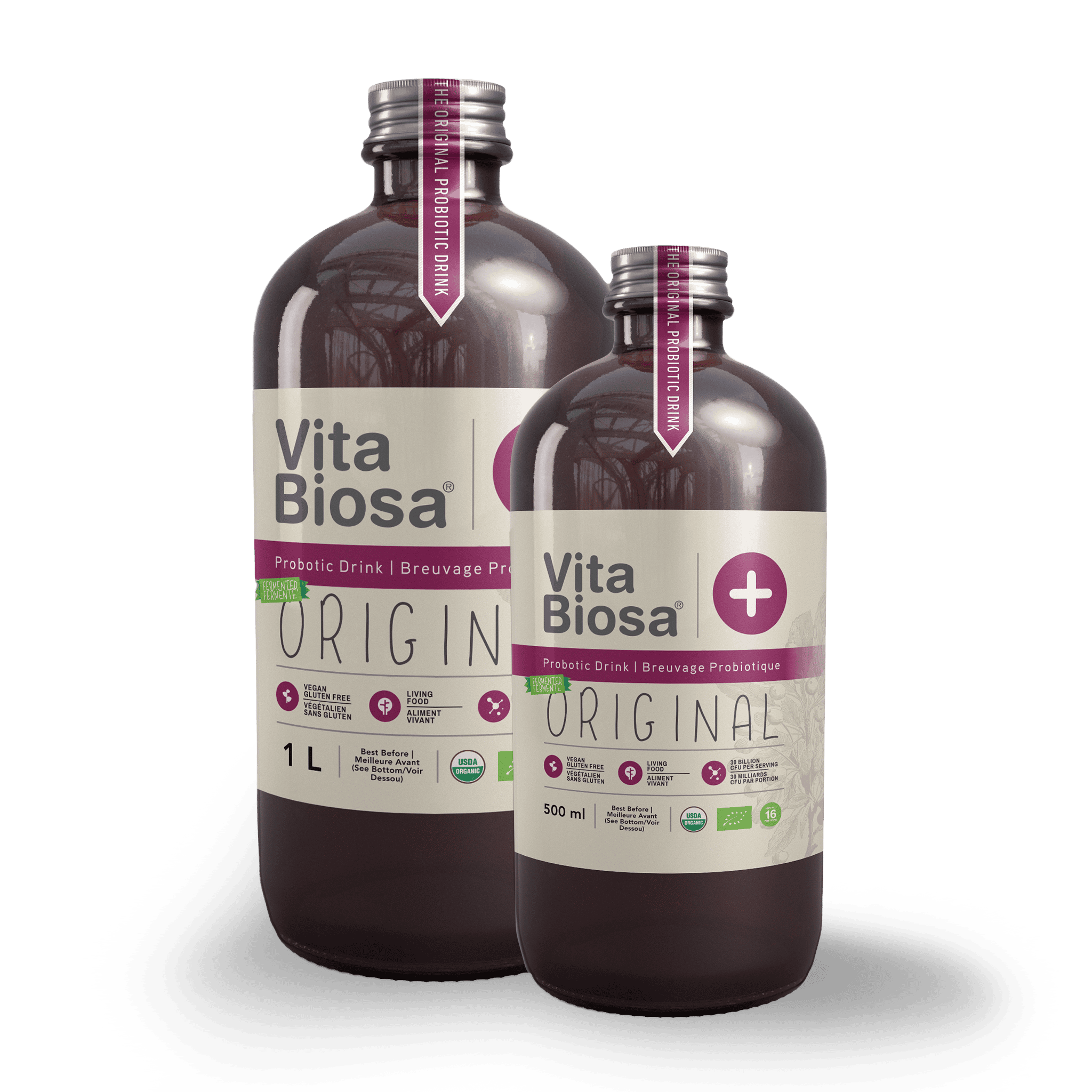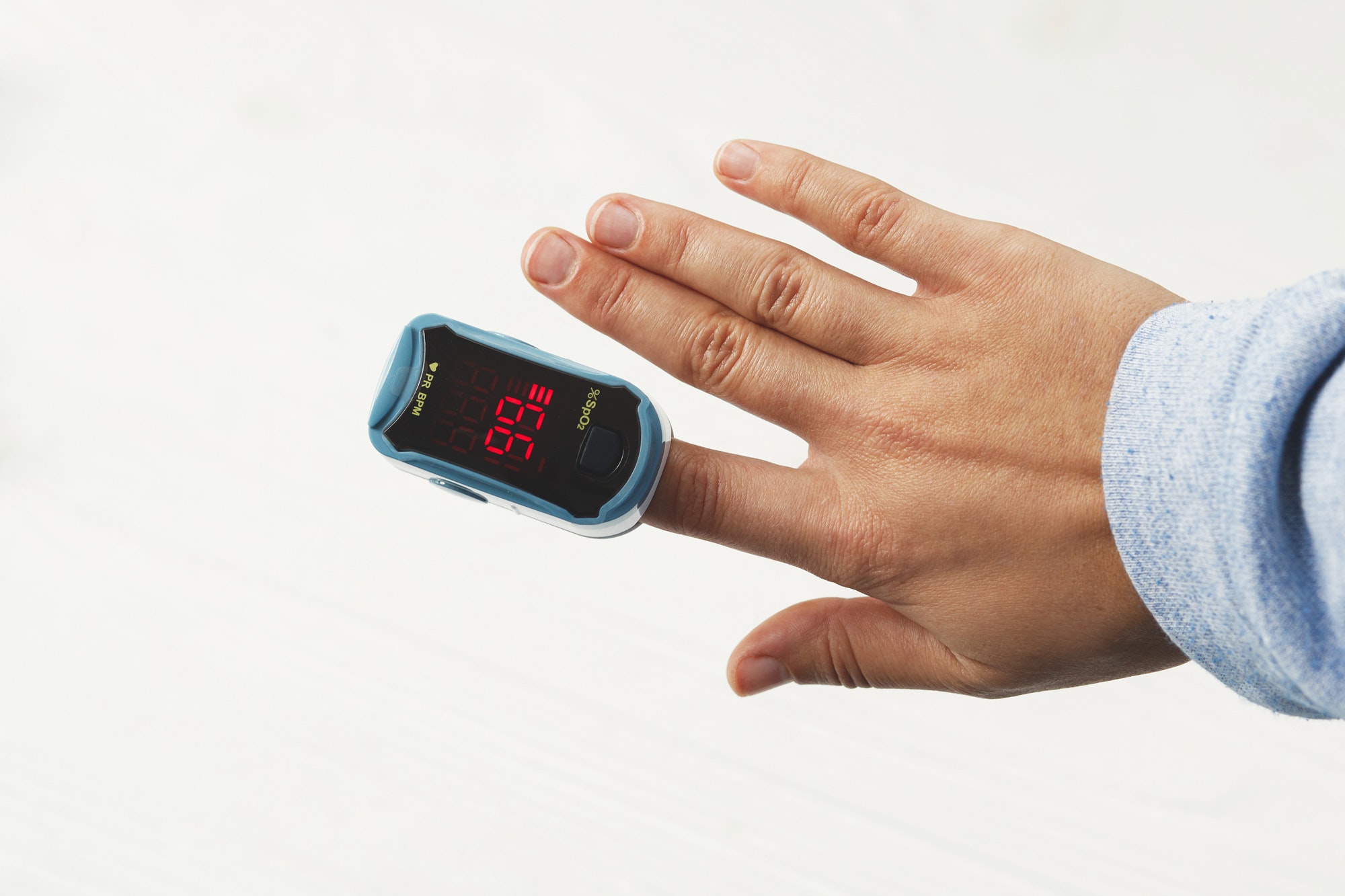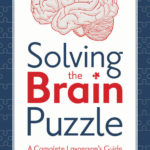
Cardiovascular Disease is the leading cause of death in North America.
Cardiovascular disease cannot be predicted by the size or shape of our bodies, our exercise routines or eating habits. this has become very apparent after performing many cardio screens using our DPA cardio screen machine. (The Digital Pulse Analyzer is manufactured by Meridian and is a FDA and Health Canada licensed medical device.)
Evidence now points to the lack of Nitric oxide as the precursor to cardiovascular disease!
When we are young our bodies produce a large amount of nitric oxide especially when exercising. As we age our production declines. Women’s ability to produce nitric oxide declines at an earlier age than men. By the time a woman is 40, there is a very good chance she is producing less than 50% of the Nitric oxide that she was when she was in her twenty’s. Exercise is so very important because we produce more Nitric oxide while we are exercising than at any other time.
Nitric oxide is absolutely necessary to keep our cardiovascular system healthy. Nitric Oxide keeps our endothelial cells smooth and elastic. Our endothelial cells are long rectangular cells that form the endothelium which lines the inside of our blood and lymphatic vessels. When we do not produce enough Nitric oxide the endothelial cells loose their elasticity and then they do not fit tight and smoothly together and small edges of the cells may lift . This stiffening or hardening of the endothelium is referred to as Arteriosclerosis. Arteriosclerosis creates a situation where the blood moves much more quickly through the blood vessels, and this is typically the onset of higher blood pressure, and as well can often lead to Atherosclerosis (narrowing of the artery walls).
Our bodies try to smooth down the now rigid and rough endothelial cells, from the lack of Nitric oxide, by “applying plaque”, unfortunately the plaque made by your body is not as smooth as healthy endothelial cells. Your body makes plaque by using calcium, cholesterol, fat and other substances found in the blood.
This is the point where more serious problems start to develop. Fat and other small bits of material start to stick to the plaque, forcing the body to apply more plaque to try to smooth it over. The more plaque that is applied the more rigid, stiff and blocked the artery becomes. This is known as Atherosclerosis. This narrowing process limits, and in some cases, ceases the flow of oxygenated rich blood to your organs or parts of your body. Atherosclerosis can lead to death.
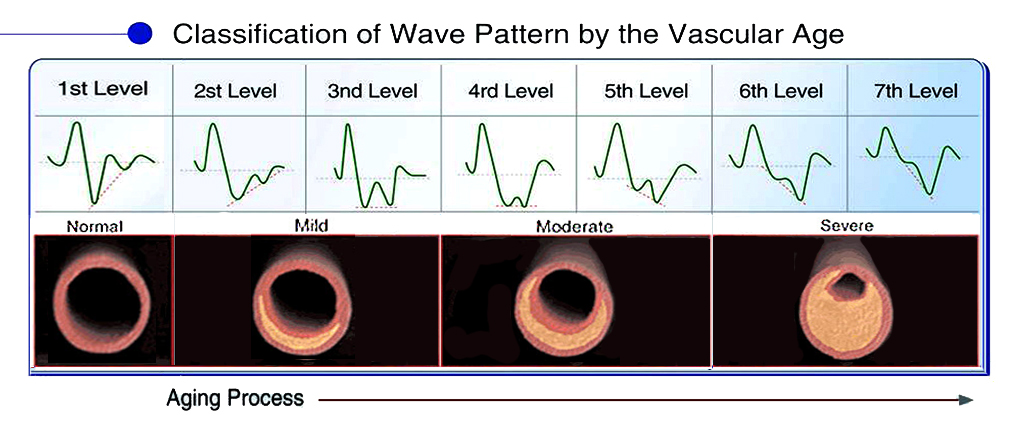
Women are far more likely to die from a blockage than a man for a few reasons.
- A man typically forms a blockage in one small area so a stint or angioplasty is able to allow blood flow to continue, whereas a women forms a blockage over many feet of her artery so stints and angioplasty do not work for a blockage of this magnitude.
- Women do not have the same symptoms as a man because her blockage is gradual over a long section of her artery and women are more likely to ignore their feeling of discomfort.
- Until recently, and even still today in come cases, women are treated like men when they are taken to the hospital for a cardiovascular event. A women’s blockage is not at all like a mans.
Women have a smaller heart than a man and in order for a women to move the same amount of blood through her cardiovascular system, which by the way, is the same as a mans; her heart must beat faster to accomplish this task.
When a doctor prescribes a drug to slow down a persons heart rate as a methodology to decrease blood pressure, while blood pressure may be reduced, the rest of the body is compromised from the decline in the circulation of the rich oxygenated blood. It is so important that you understand what this means for your health. If you are not circulating your blood through your circulatory system at the intended rate because your heart is slowed, your circulatory system is no longer capable of doing the job that is intended. This leads to function decline of your brain, organs, and body often due to hypoxia.
HOW DO YOU INCREASE NITRIC OXIDE IN YOUR BODY?
- Stop smoking.
- Consume beets, garlic, leafy greens, citrus fruits, meat, dark chocolate, wine, pomegranate, nuts and seeds, and watermelon.
- Increase exercise.
- MANAGE STRESS. We all hear stress kills and yet most of us think we are pretty much stress free most of the time. The DPA unit has changed how I view stress. When I am scanning a person and have sent them to their happy place, all they have to do is have a random thought pop into their heads. ( Gee… I should have washed the dishes or mowed the lawn) This random thought that none of us would even think or regard as stress has a very measurable effect on our circulatory system. People are amazed and a bit freaked out when I say “get back to your happy place”. This brief thought can increase a persons biological age by as much as 15 years. Stress constricts your blood vessels. Continued stress holds the constriction to rigidity. And now we know that stiffness and hardness of our blood vessels is called Arteriosclerosis. In a separate post I talk about stress, anxiety, PTSD etc.
- Supplements: L-arginine or L-citrulline, Cardioflex, Neo40
HOW DO I KNOW IF I REQUIRE SUPPLEMENTATION WITH NITRIC OXIDE?
 Test strips are available to test your Nitric Oxide levels.
Test strips are available to test your Nitric Oxide levels.
OKAY, MY NITRIC OXIDE LEVELS ARE LOW…NOW WHAT?
If you are over 40 , NEO40 is a good choice. We use Neo40 and we no longer have cold hands or feet. Most importantly, for me, coupled with the Bowen Vagus Nerve treatments my anxiety/PTSD is quiet and non intrusive to my daily life.
Neo40 is a nitric oxide solution backed by 15 years of science research: 5 issued US patents, 2 international patents, and 6 more pending patents worldwide.
If you would like to read more: https://www.humann.com/science-overview/ https://www.sbir.gov/node/820419 https://cardioscreens.com/nitric-oxide/ https://digitalpulseanalyzer.com/scientific-studies/



